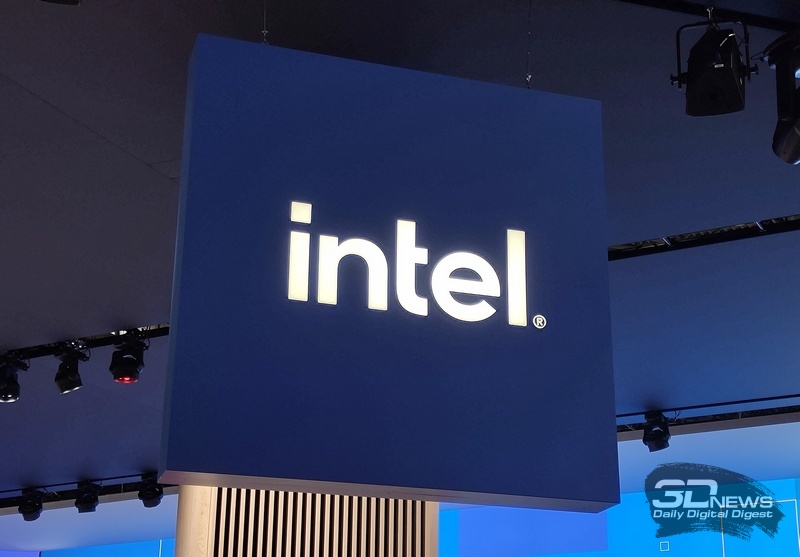The freeze on the construction of new Intel plants in Germany and Poland, as already noted, did not affect plans to expand production capacity in the United States. This was largely due to Intel’s desire to receive targeted subsidies from the country’s authorities. According to the Financial Times, the company intends to do this by the end of this year.

The mere statement by representatives of the US Department of Commerce in March of this year about their intentions to provide Intel with the funds necessary for the construction of new enterprises within the country did not guarantee their allocation, since before this the recipient of the subsidies must undergo an audit procedure and provide the government with guarantees of timely disbursement of funds with adequate practical results . If Intel manages to pass all stages of approval, this $8.5 billion will become the largest subsidy allocated by the US authorities under the “Chip Act”, adopted at the end of 2022.
Negotiations between Intel and officials are now at an advanced stage, as informed sources explain, but a successful outcome for Intel still cannot be guaranteed. If a company decides to sell some part of its business, this could literally “nullify” all agreements reached on the allocation of subsidies. Rumors attributed intentions to buy at least part of Intel’s assets to Qualcomm, Broadcom and Arm.
For Joseph Biden, who is imminently leaving the White House following the November 5 presidential election, efforts to make Intel a major contributor to the revival of the nation’s semiconductor industry are an important part of his presidency. It is possible that the US government in its current composition will try to confirm the allocation of subsidies to Intel before the November elections.
Let us remind you that Intel is entitled not only to $8.5 billion in non-repayable subsidies, but also to $11 billion in preferential loans. In addition, it is already guaranteed a separate $3 billion to organize production in the United States of advanced chips for the needs of the defense industry. It is believed that the company will need a total of $100 billion to implement Intel’s initially announced plans to build new enterprises in the United States.
The first company that managed to confirm receipt of money under the “Chip Law” was the American Polar Semiconductor this week. However, in this case we were talking about an amount of about $123 million, so the approval was able to be completed within a short time frame.